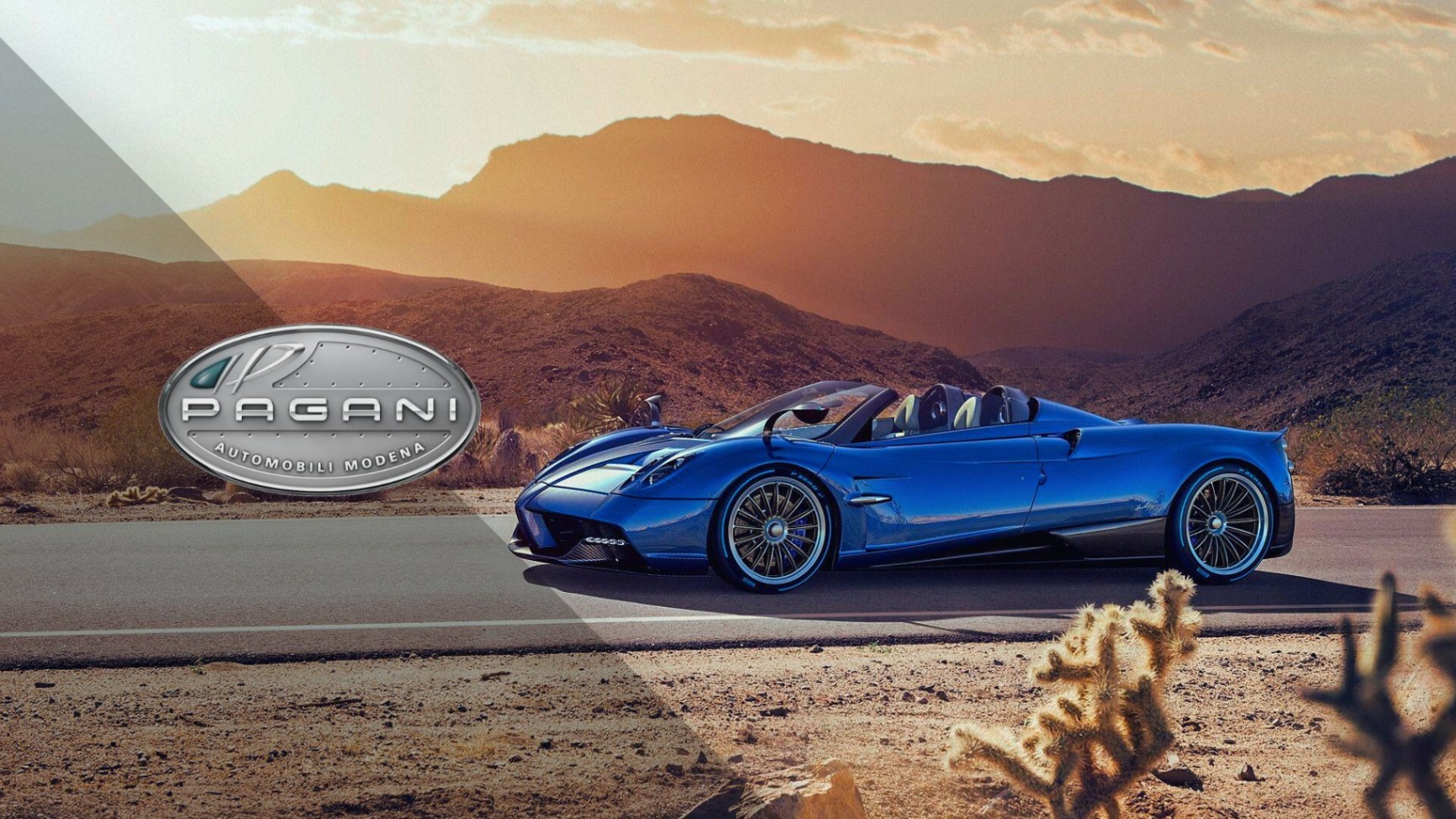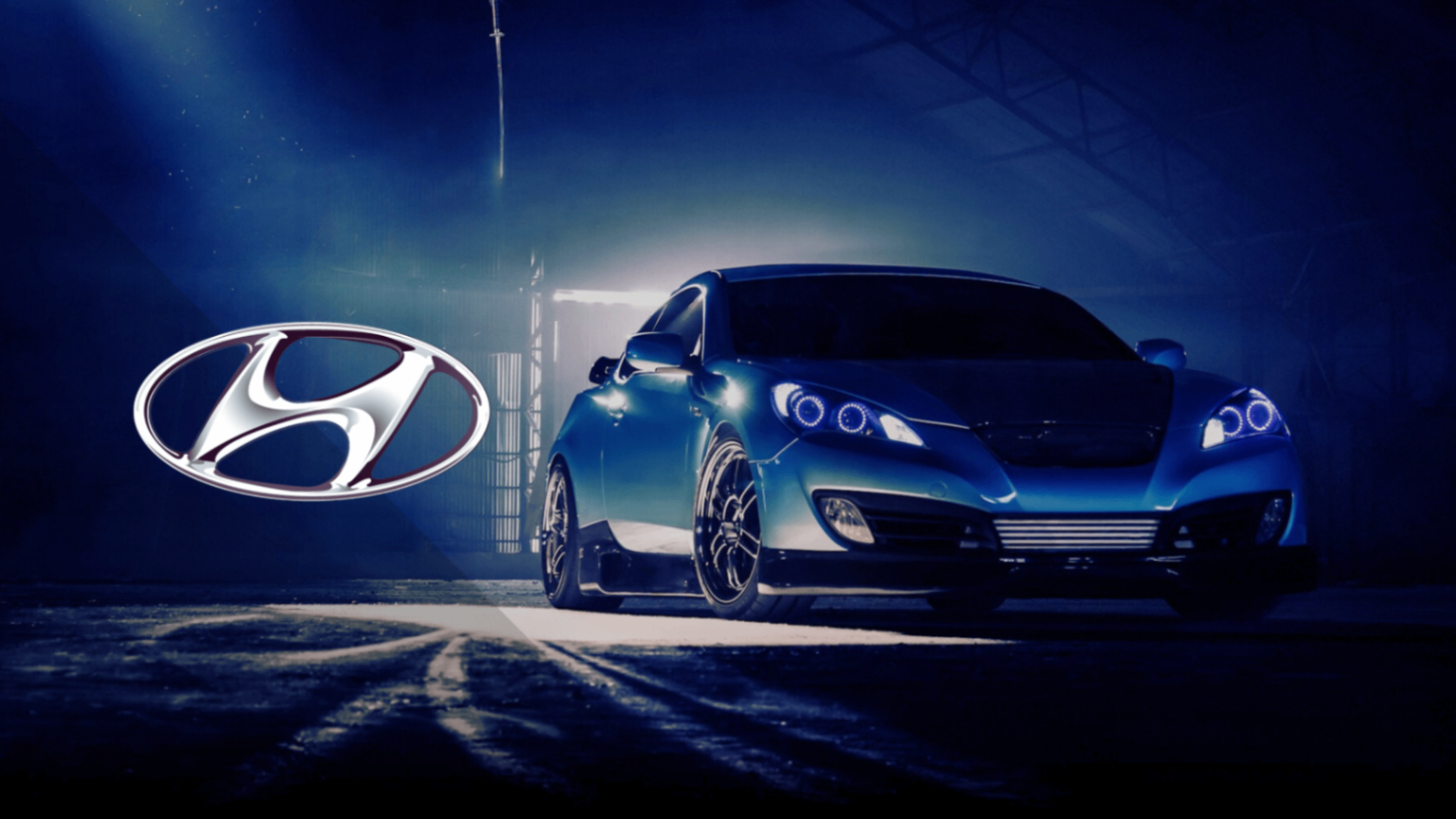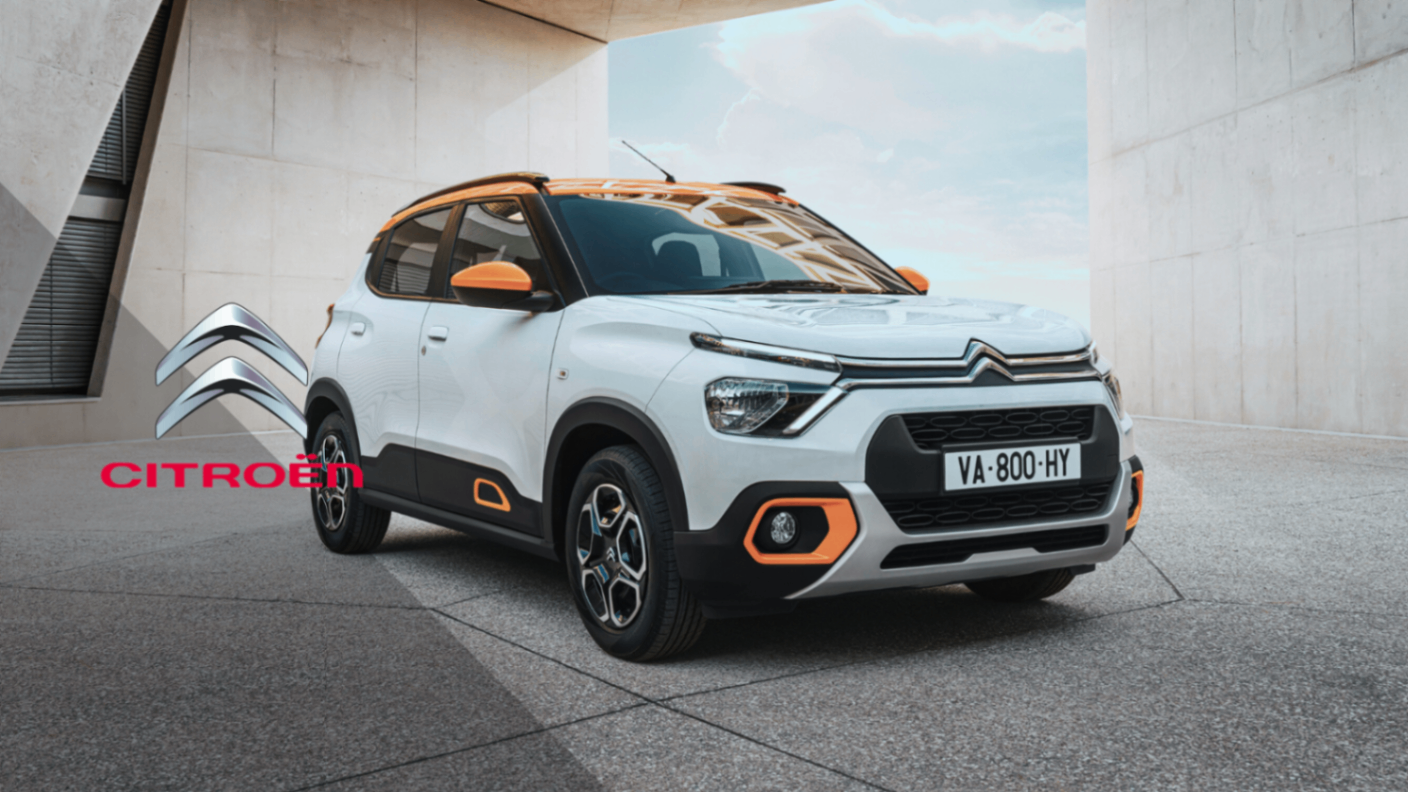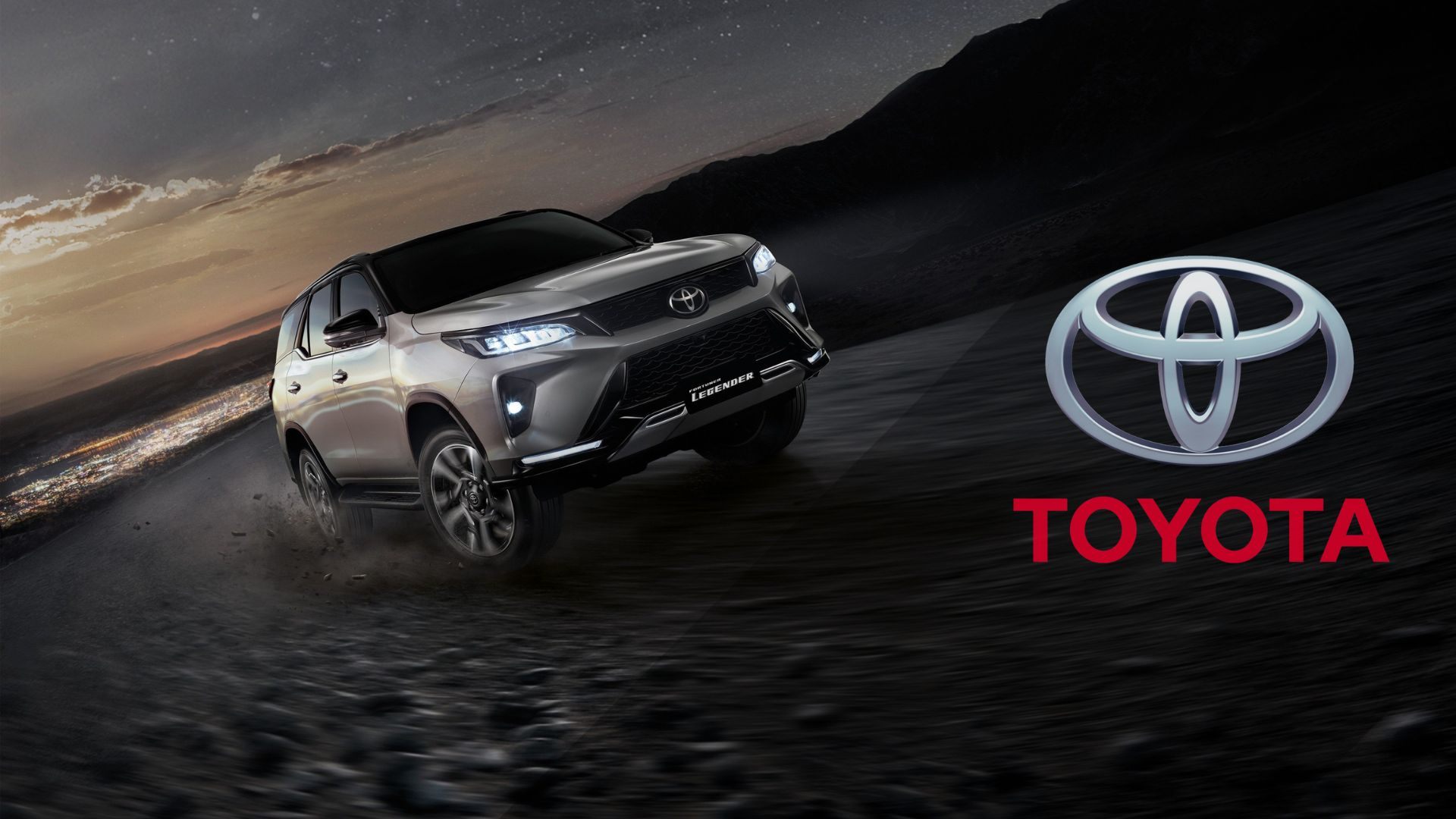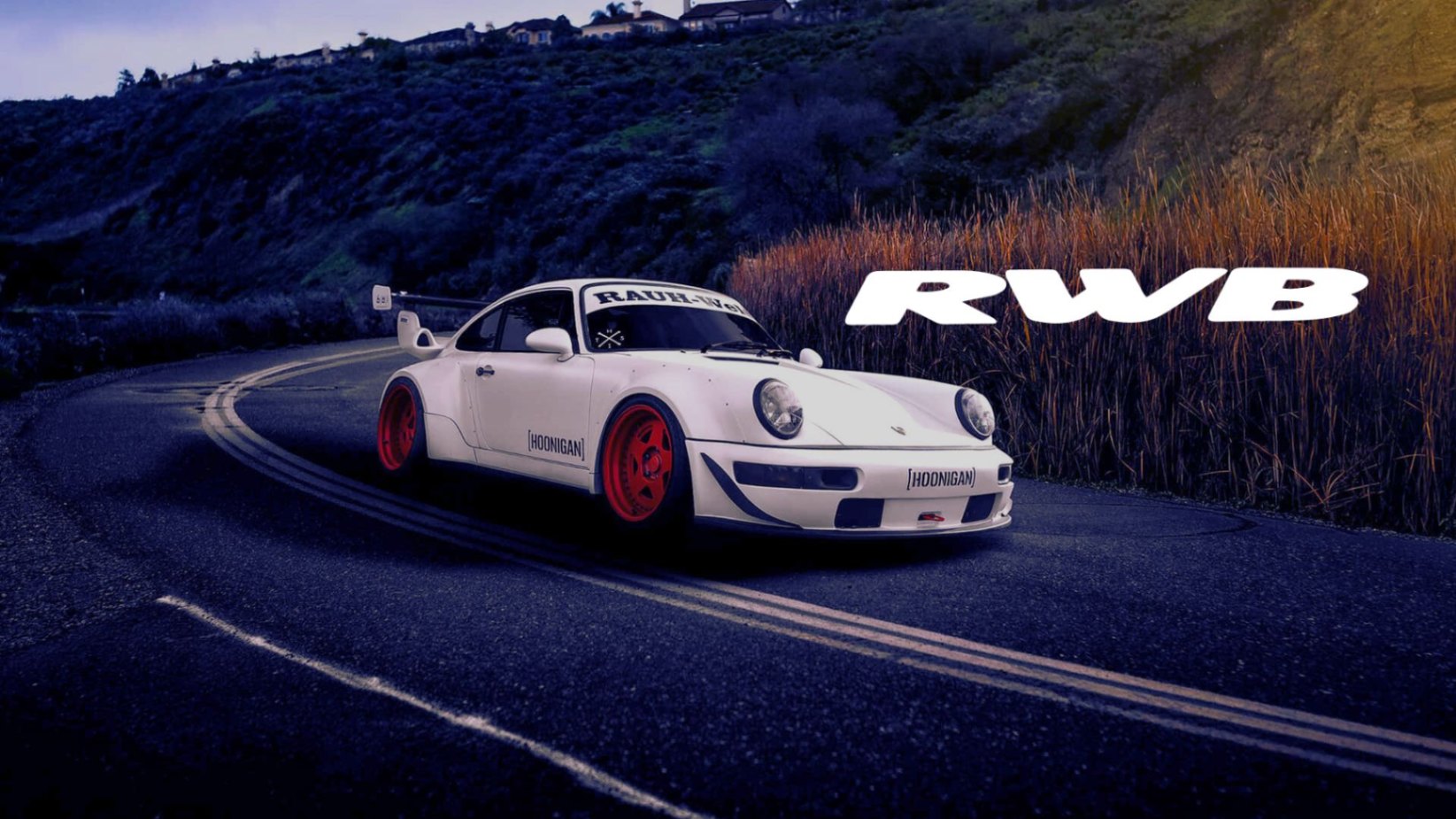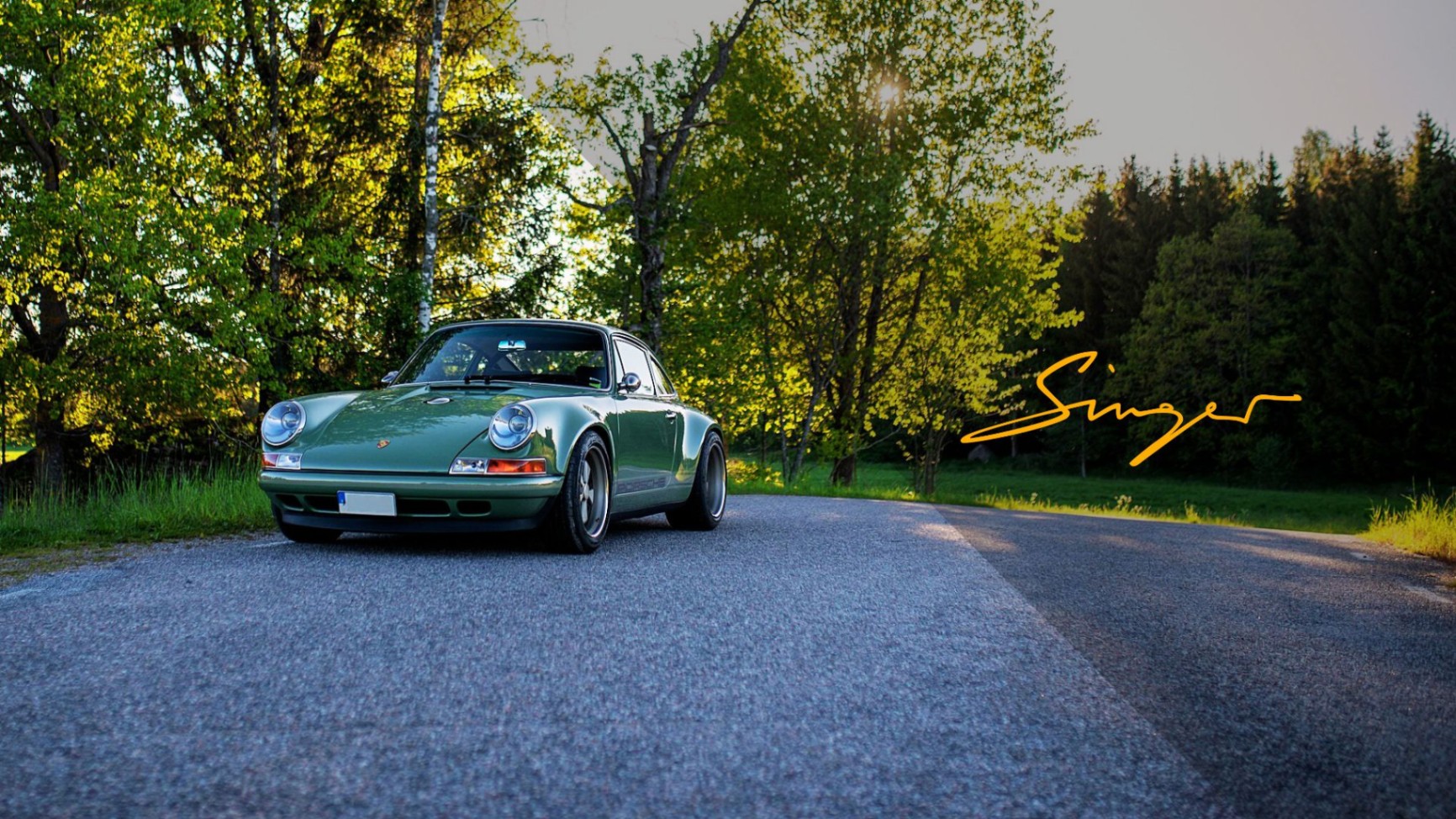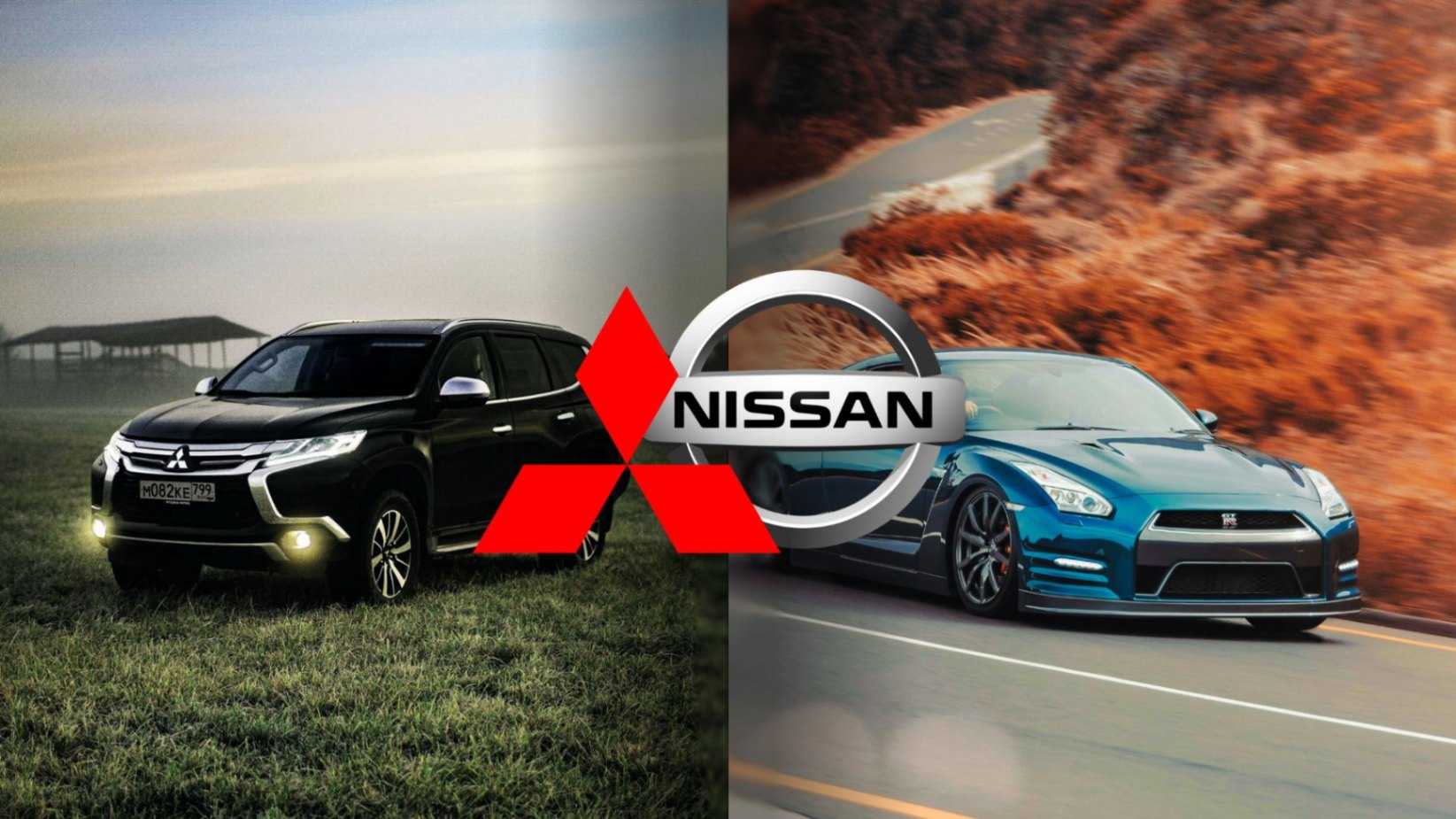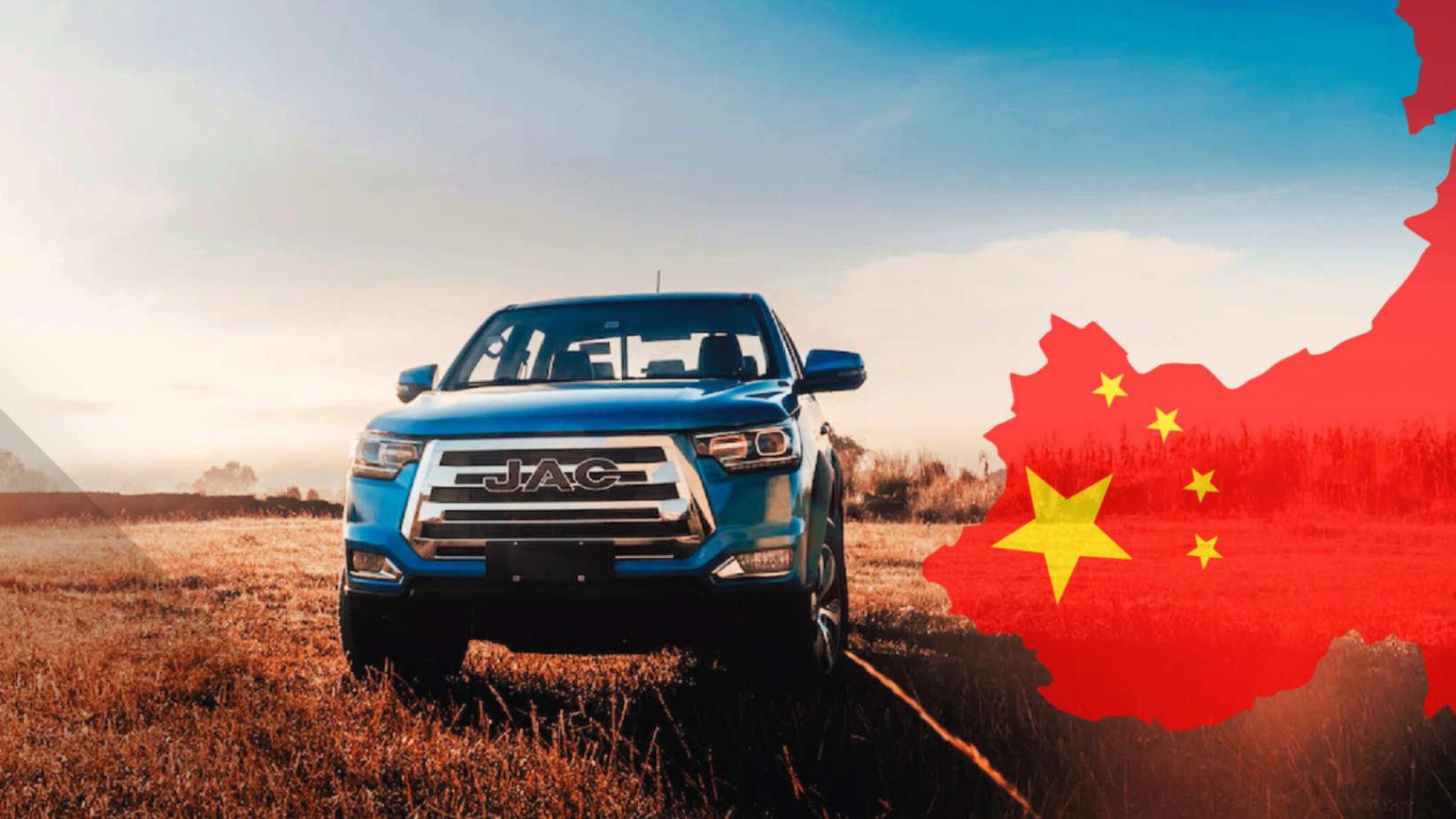
What if I told you that one of the most influential names in the world of luxury automotive was once rejected by one of the industry's most iconic brands? Get ready to dive into the incredible story of a man who went from being turned down by Ferrari to becoming a millionaire magnate and founding his own legend in the world of supercars. Today, we invite you to discover the inspiring story of Horacio Pagani, the visionary genius who defied expectations and forged his own path to greatness.
Beginnings in Argentina
Horacio Pagani was born in 1955 in Casilda, a city located in the province of Santa Fe, Argentina. His parents, María and Luca Pagani, were Italian immigrants who settled in Argentina in search of new opportunities. Born into a humble family, Horacio grew up in an environment where determination and hard work were fundamental values. His father worked as a baker, while his mother took care of the home and looked after Horacio and his siblings.
From an early age, Horacio showed an innate curiosity for the inner workings of machines. He would dismantle toys, bicycles, and any other mechanical object he could find, then attempt to reassemble them. This passion for mechanics and design led him to spend hours in local workshops, observing and learning from the mechanics and artisans who worked there.
He used to model cars out of wood, and at the age of 14, he received a gift that would change his life: a damaged and out-of-use Sachs Televel engine from the 1950s. Together with his friend Gustavo Marani, affectionately nicknamed "Gustavito," Horacio had a dream: to build a go-kart. Both shared the same passion for cars, and together they ventured to Carcarañá, a nearby small town, to acquire four wheels and begin their exciting project. Before turning 15, Horacio had not only created a go-kart but also designed and built his own mini motorcycle.
Before finishing high school, he had the opportunity to build a four-wheeled vehicle with his own hands. The company Brama offered a fiberglass-reinforced plastic body kit that could be fitted to the chassis of another car. In Argentina, this vehicle was known as the Dune-Buggy.
Captivated by the challenge, he traveled to Mar del Plata in 1972 to purchase the Brama plastic body. He then assembled this body with another vehicle, creating a unique hybrid. This experience marked the beginning of his journey toward automotive excellence.

His Journey Through Educational Institutions
In 1974, at the age of 18, Horacio embarked on an academic adventure. His burning passion for design and engineering led him to enroll in the Faculty of Fine Arts at the National University of La Plata to study Industrial Design, 450 kilometers from his hometown of Casilda.
However, Argentina at that time was engulfed in political turmoil. Horacio’s classes were repeatedly suspended due to the instability. Frustrated but determined, Horacio made a bold decision: he left La Plata and headed to the National University of Rosario to study Mechanical Engineering. But as the months went by, frustration took hold of him. He realized that academic theory couldn’t satisfy his overflowing creativity.
Horacio had experienced the joy of creating something from a simple sketch to the realization of a fascinating object. He didn’t want to waste five precious years in distant university classrooms. So, like a modern Leonardo da Vinci, he decided to follow his own path.
In 1978, he decided to participate in a design competition for the interior of a motorhome or camper. This competition was held at the Industrial and Commercial Exhibition of Casilda.
The prototype that Horacio presented at that event was a caravan, which he named "Alpine." The "Alpine" was elegant, functional, and had unique details. It received immediate positive feedback. Horacio had no trouble finding interested buyers. But instead of just focusing on caravans, other orders started coming in. People sought his designs for camper vans, pickup trucks, and even a mobile radio studio.
That same year, he decided to take a bold turn in his career. Instead of designing motorhomes, he ventured into the exciting world of auto racing.
His first project was a car for Formula 2, a racing category that was gaining significant popularity. Horacio dedicated more than 5,000 hours of work to turn his vision into reality. Every detail of that race car was meticulously designed and built to achieve excellence in performance and design.
In March 1979, the Pagani F2 made its debut at the Las Parejas Autodrome. Sporting the number 1 on its body, a result of the title won by its driver the previous season, this vehicle became the springboard that propelled Pagani into a bigger world.
During his days at the racetracks, Horacio had the opportunity to meet Oreste Berta, an Argentine race car mechanic and engineer. And that’s not all. Berta also introduced him to a true legend: Juan Manuel Fangio, the legendary Formula 1 champion with 24 wins, 35 podiums, 29 poles, and 23 fastest laps in 51 Grand Prix races.
Impressed by Pagani’s talent, Fangio wrote five letters of recommendation for him, addressed to prominent figures such as Enzo Ferrari, Giulio Alfieri of Lamborghini, Carlo Chiti of Alfa Romeo, Alejandro de Tomaso of De Tomaso Automobili, and Vincenzo Osella, owner of a Formula 1 team.
Learn more: Tractor manufacturer humiliated Ferrari | Lamborghini
These letters opened doors for Pagani to travel to Italy in search of opportunities in the automotive industry.
The Journey to Italy and Lamborghini
In his letter, Fangio praised Pagani's skills and talent, but Ferrari turned down the recommendation. Reports suggest that Pagani visited Ferrari’s factory in Maranello during the 1970s, hoping to secure a job. By that time, he had already proven his talent in car design and engineering. However, Ferrari still decided not to hire him.
After being rejected by Ferrari, Pagani found his home at Lamborghini. He visited Lamborghini and met with the company's technical director, Giulio Alfieri. Pagani was hired in 1982 and specialized in carbon fiber, a material that would become an obsession throughout his career.
He started by doing basic tasks, such as sweeping the floors, but over time, he climbed the ranks within the company. Pagani worked in the research and development department, where he focused on the development of advanced composite material technologies. His expertise and knowledge in this field were crucial for Lamborghini, as he contributed to the design and construction of lighter, high-performance cars.
Over time, Pagani rose through the company and eventually held positions of greater responsibility. He became the head of the engineering department and later, the head of Lamborghini's design department. In these roles, Pagani had the opportunity to influence the design and development of several iconic Lamborghini models. He built the Countach Evoluzione concept, which, although it never went into mass production, had a significant impact. Its design influenced future Lamborghini models and the industry as a whole.
Pagani even tried to persuade Lamborghini to purchase an autoclave, which would have allowed them to expand the production of carbon parts and improve their quality. However, Lamborghini refused, arguing that if Ferrari didn't have an autoclave, they didn't need one either. Nevertheless, Pagani was confident in the investment and took out a loan to buy his own autoclave at the end of 1987.
Foundation of Pagani Composite Research
In 1988, Horacio founded Pagani Composite Research. This venture focused on research and development of advanced composite materials for use in the automotive industry and other fields. Composite materials, such as carbon fiber, are renowned for being lightweight and strong, making them ideal for use in high-performance car manufacturing.
The experience and knowledge gained by Horacio at Pagani Composite Research were instrumental in the subsequent development of his supercars. The collaboration between Pagani and Lamborghini in the field of composite materials helped Lamborghini advance in high-performance car manufacturing and establish its reputation as one of the leaders in innovation in the automotive industry, on projects such as the redesign of the Lamborghini Countach and the P140 concept.
Pagani began designing his own car, initially named Project C8. However, he had a special plan for the commercial name. He wanted to pay tribute to someone who had been instrumental in his career: Juan Manuel Fangio, the legendary Formula One driver. Fangio was not only an icon on the tracks but also a friend and mentor to Horacio. Therefore, Project C8 transformed into the Fangio F1, a sincere tribute to his dear friend.
Check this out: Major changes in F1 engines over time
Then, in 1991, he separated from the company and founded his own consultancy called Modena Design. Pagani established Modena Design with the aim of offering design and consultancy services in the automotive industry. The company specialized in prototyping and car design, providing its services to several major brands in the sector, including Lamborghini.
Birth of the Zonda
The following year, he officially founded Pagani Automobili, after years of dedication and passion for automotive engineering. With the foundation of his own company, Pagani had the freedom to pursue his ideas without restrictions and to carry out his vision without compromise. He set out to create the car that would be an ultimate expression of his vision.
The Fangio F1 he had been designing began to take shape and was tested in the wind tunnel with positive results. However, in 1995, something happened that changed the car's destiny. Juan Manuel Fangio passed away. Out of respect and admiration, Horacio decided not to name his first vehicle after the five-time champion.
Thus, the model was no longer called the Fangio F1 but became known as the Zonda C12, inspired by the dry wind that blows over the Argentine pampas. The development of the Zonda was characterized by meticulousness and attention to detail. Pagani partnered with experts in aerodynamics, engineering, and design to create a car that combined exceptional performance with a distinctive design.
The Zonda featured a lightweight carbon fiber chassis and an aerodynamic body, powered by high-performance V12 engines supplied by Mercedes-AMG. It debuted at the Geneva Motor Show in 1999, where it captivated the audience with its avant-garde design and impressive performance.
In 2003, Horacio began to conceive the Huayra project, named after Huayra-tata, the Inca god of wind. This supercar became a passionate challenge. The combination of design and technology, along with the pursuit of perfection, drove him to push boundaries and rewrite the rules.
Years later, the Pagani Huayra was presented at the Geneva Motor Show in 2011. With its futuristic design, innovative technology, and outstanding performance, the Huayra continued the tradition of excellence established by its predecessor. The Huayra employs titanium in various components, including suspension bolts and engine mounting elements, contributing to its lightness and strength.

Pagani Curiosities
Pagani has produced several special editions and exclusive versions of its supercars, each of which has been highly coveted by collectors and automotive enthusiasts. These special editions, such as the Zonda Tricolore and the Huayra BC, have been tributes to specific achievements or special collaborations like Hermes.
Pagani dedicated six years to the development of the Pagani Utopia. Over a thousand designs, ten scale models, a prototype for wind tunnel testing, and two full-scale models were part of this exciting process. Inspired by the work of Leonardo Da Vinci, Pagani created a machine that combines art and performance.
And although the market is leaning towards electrification, the Pagani Utopia remains faithful to the Mercedes-AMG V12 engine. Horacio explains that they are focused on this car until 2027. The V12 block complies with the strictest anti-pollution regulations, even in California. However, they are also working on an electric sports car, although they don't know yet if it will be manufactured. The biggest challenge with electric cars is maintaining the human connection and the sensations behind the wheel, something that Pagani values deeply.
The Legacy of Pagani
Pagani didn't just create cars; he created works of art on wheels. His supercars combine Italian craftsmanship with the most advanced technology. The Zonda, the Huayra, and other models have left an indelible mark on automotive history.
Pagani cars are true masterpieces of engineering and automotive design. Each Pagani is hand-built in the Modena, Italy factory. Horacio Pagani insists on meticulous craftsmanship and attention to detail. Skilled technicians dedicate hours to each component, from the chassis to the interior finishes.
Pagani uses advanced and unconventional materials. Carbon fiber is the heart of its cars. The extensive use of this material not only reduces weight but also improves rigidity and safety. Pagani engines are true beasts. The Pagani Huayra, for example, is equipped with a 6.0-liter V12 engine developed by Mercedes AMG. It produces over 700 horsepower and offers impressive acceleration.
See also: The Spanish supercar that challenges the giants | Spania GTA
Pagani cars are visually striking. Their aerodynamic lines, strategically placed air intakes, and sculptural shapes create an unforgettable aesthetic. The roar of the engine is a symphony for the ears. The exhaust system is tuned to produce a distinctive and exciting sound.
A Pagani is not just a means of transportation, it is an expression of luxury, exclusivity, and a passion for excellence in every detail. Only a handful of cars are produced each year. This makes them a rarity on the roads. Pagani owners feel part of an exclusive club, united by the privilege of owning a unique creation.
Some people who own a Pagani are: Mark Zuckerberg, the founder of the social network Facebook, who acquired a Pagani in 2014: the Pagani Huayra. The charismatic actor and professional wrestler Dwayne Johnson "The Rock" also has a Pagani Huayra. Horacio Pagani created a very special car for the famous Formula 1 driver, Lewis Hamilton. This exclusive hypercar is called the Pagani Zonda 760 LH, where "LH" represents the initials of Lewis Hamilton.
At the end of the day, Horacio Pagani has not only built exceptional cars but has forged a legacy that will last for generations. His passion for excellence and his dedication to innovation make him a true icon in the automotive world. Pagani teaches us that there are no limits when you pursue your passion, and that rejections do not define our destiny, but how we respond to them. His story is a reminder that every obstacle is an opportunity to prove what you are made of.
